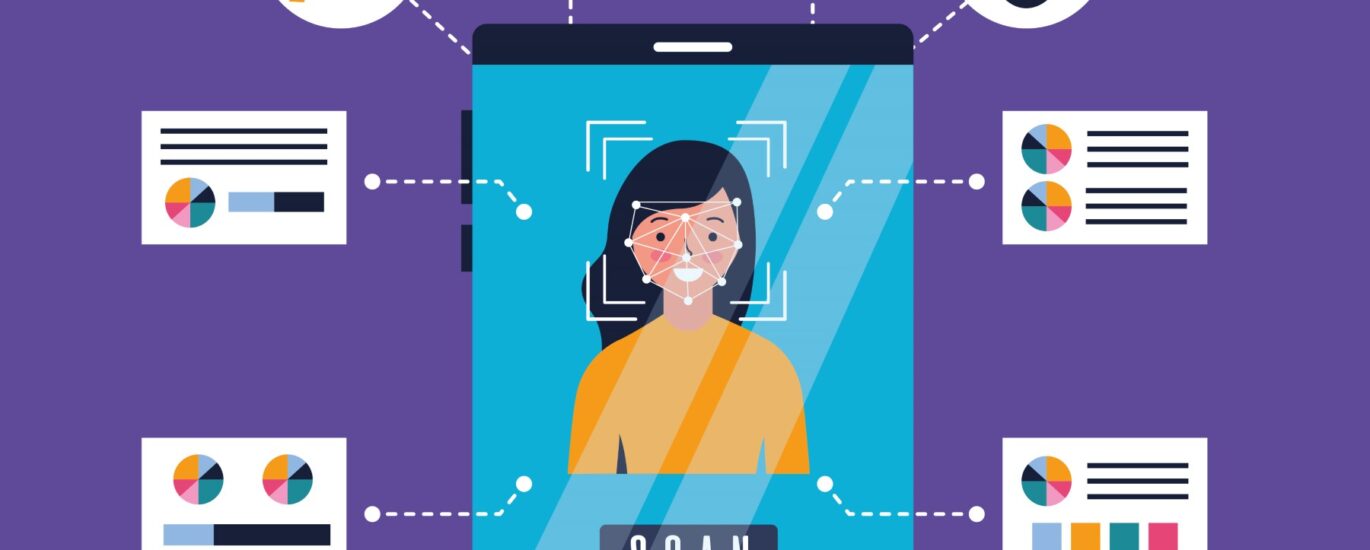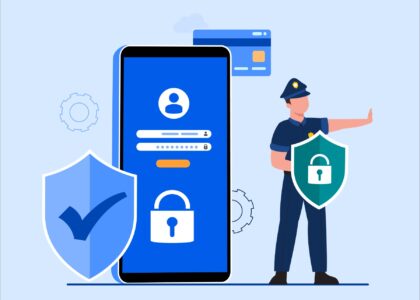In the fast-paced world of technology, where businesses and individuals rely heavily on digital systems, application security plays a pivotal role in ensuring the safety and integrity of applications. This blog will dive deep into what application security is, its significance, and how to implement it effectively.
What is Application Security?
Application security refers to the measures, practices, and technologies designed to protect software applications from external threats, vulnerabilities, and malicious attacks. It encompasses the process of identifying, mitigating, and preventing risks throughout the application’s lifecycle—from development to deployment and beyond.
Key elements of application security include:
- Authentication: Verifying the identity of users.
- Authorization: Granting appropriate access levels based on user roles.
- Encryption: Protecting data in transit and at rest.
- Input Validation: Ensuring only valid data enters the system.
- Security Testing: Regularly testing the application for vulnerabilities.
Why is Application Security Important?
Application security is crucial for several reasons:
- Protects Sensitive Data: Applications often handle sensitive data such as personal information, financial records, and intellectual property. Robust security measures ensure this data remains confidential and safe.
- Prevents Financial Loss: A single security breach can lead to significant financial losses, including penalties, legal fees, and revenue drops.
- Maintains Reputation: Users trust applications that prioritize security. A breach can damage a brand’s reputation, resulting in lost customers.
- Ensures Compliance: Many industries are governed by strict regulations (e.g., GDPR, HIPAA, PCI-DSS). Application security helps organizations comply with these standards.
- Mitigates Risks of Cyberattacks: As cyber threats evolve, robust application security reduces the risk of unauthorized access, data theft, and other malicious activities.
Types of Threats in Application Security
Understanding potential threats is the first step in building a secure application. Common threats include:
- Injection Attacks: Exploiting vulnerabilities in input fields (e.g., SQL injection, command injection).
- Cross-Site Scripting (XSS): Injecting malicious scripts into web pages viewed by users.
- Data Breaches: Unauthorized access to sensitive data.
- Distributed Denial of Service (DDoS): Overloading an application with traffic to disrupt services.
- Man-in-the-Middle (MitM) Attacks: Intercepting communication between users and the application.
Best Practices for Implementing Application Security
- Integrate Security in the Development Lifecycle:
- Adopt Secure Development Lifecycle (SDLC) practices to integrate security from the design phase.
- Conduct code reviews and use static and dynamic analysis tools.
- Regularly Update and Patch Applications:
- Keep software and dependencies up to date to address known vulnerabilities.
- Use Strong Authentication Mechanisms:
- Implement multi-factor authentication (MFA) and enforce strong password policies.
- Encrypt Sensitive Data:
- Use robust encryption algorithms to protect data both in transit and at rest.
- Conduct Regular Security Testing:
- Perform penetration testing, vulnerability assessments, and code scans to identify and mitigate risks.
- Implement Web Application Firewalls (WAFs):
-
- WAFs help monitor and filter malicious traffic to prevent attacks.
- Educate Development Teams:
-
- Train developers on secure coding practices and emerging threats.
Why Hire Me for Your Application Security Needs?
As a freelance expert specializing in application security, I bring:
- Hands-On Expertise: Extensive experience in securing applications across diverse industries.
- Tailored Solutions: Customized strategies to meet your specific project needs.
- Cutting-Edge Tools: Proficiency with industry-leading security tools and technologies.
- Proactive Approach: A commitment to identifying and mitigating risks before they become threats.
Whether you’re building a new application or fortifying an existing one, I can help ensure it is secure, compliant, and resilient against evolving threats. Let’s work together to safeguard your digital assets and build trust with your users.
Application Security Tools and Technologies
A variety of tools and technologies can help organizations strengthen application security. Some of these include:
- Static Application Security Testing (SAST) tools to analyze source code.
- Dynamic Application Security Testing (DAST) tools to simulate attacks.
- Interactive Application Security Testing (IAST) tools for real-time vulnerability detection.
- Runtime Application Self-Protection (RASP) to monitor applications during execution.
The Future of Application Security
As technology evolves, so do cyber threats. Emerging trends such as AI-powered security tools, zero-trust architectures, and cloud-native security solutions are shaping the future of application security. Businesses must stay ahead of these trends to protect their applications effectively.
Final Thoughts
Application security is not just a technical requirement—it is a business imperative. By adopting robust security measures, businesses can safeguard their applications, protect user trust, and ensure long-term success in an increasingly digital world.
If you’re looking for a dedicated professional to enhance your application’s security and bring peace of mind to your digital operations, let’s connect!




